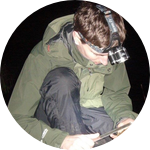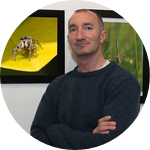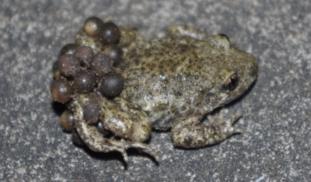Please wait...
About This Project
The midwife toad (Alytes obstetricans) is an alien species, first introduced to the UK over 100 years ago. It has long been assumed that all of the known populations have a French origin, being sourced from the original founding population in Bedford. Whilst carrying out studies on the Cambridge population, it was determined that the toads there originated from Spain. Now we aim to sequence DNA from up to 100 toads, ≥5 toads from 20 known populations to build a haplotype map
More Lab Notes From This Project

Browse Other Projects on Experiment
Related Projects
Using eDNA to examine protected California species in streams at Hastings Reserve
Hastings Reserve is home to three streams that provide critical habitat for sensitive native species. Through...
City smart: Are cities making birds smarter?
One cannot go to Florida and miss the White Ibises roaming golf, park and private lawns. But how does a...
How do polar bears stay healthy on the world's worst diet?
Polar bears survive almost entirely on seal fat. Yet unlike humans who eat high-fat diets, polar bears never...




